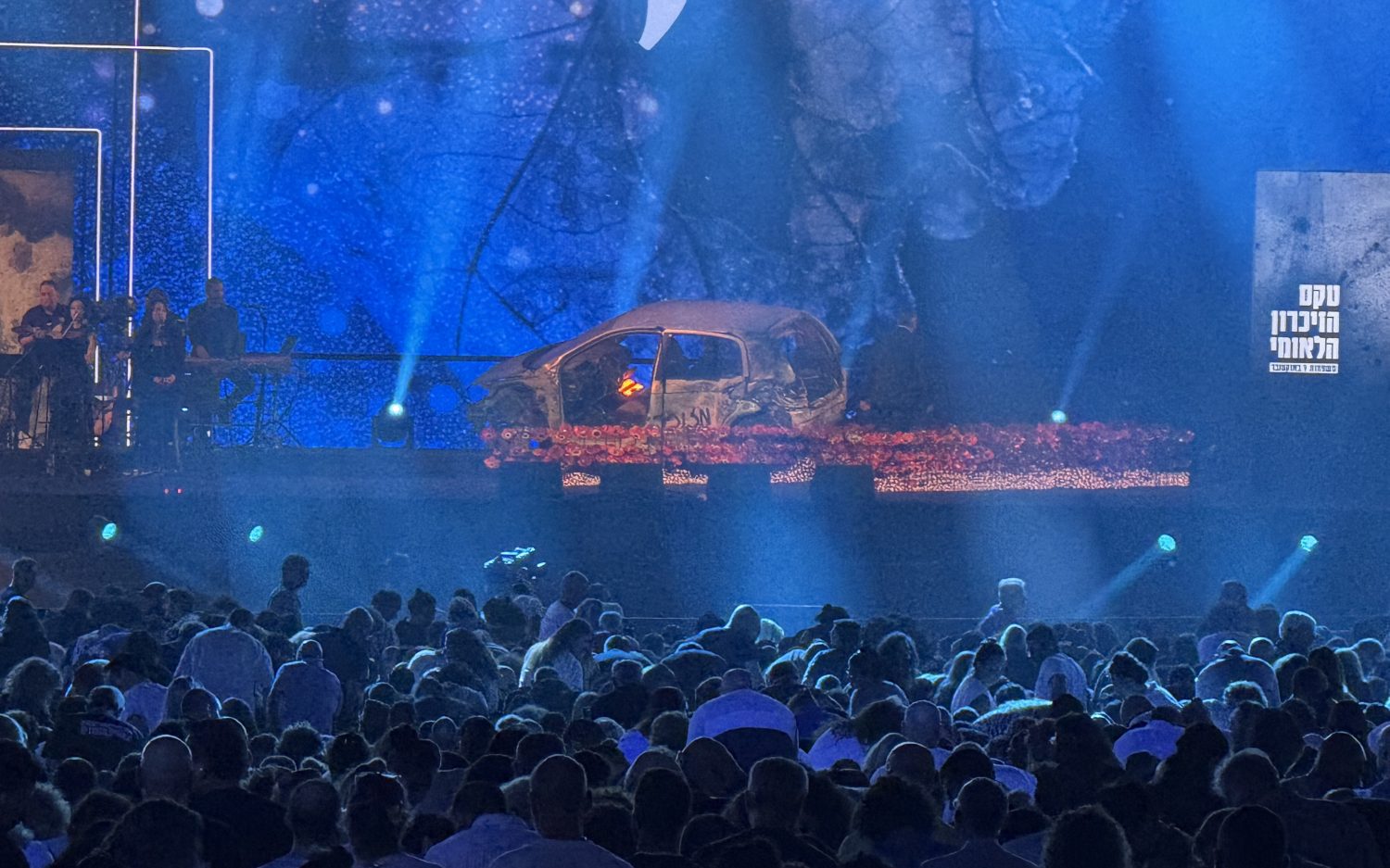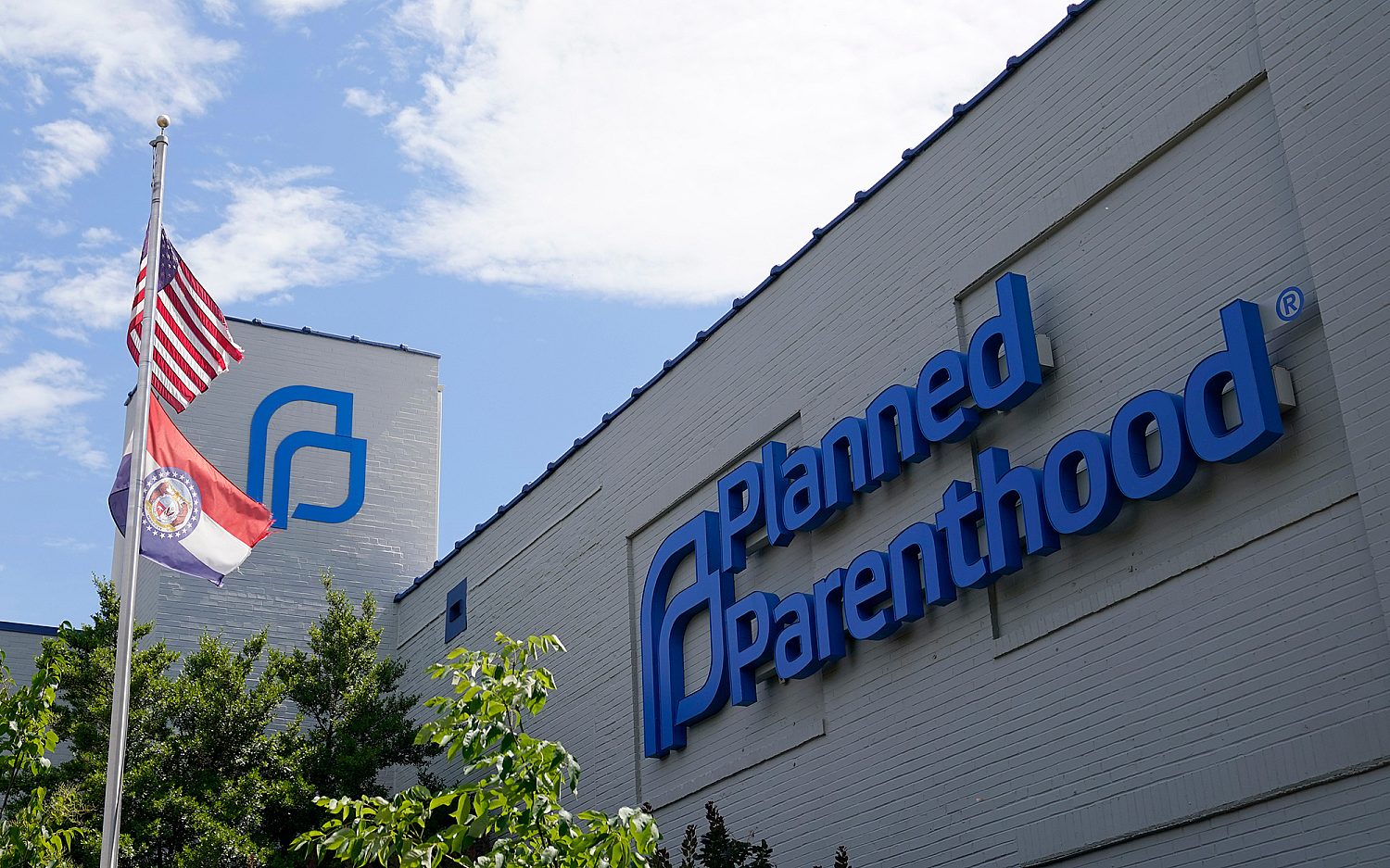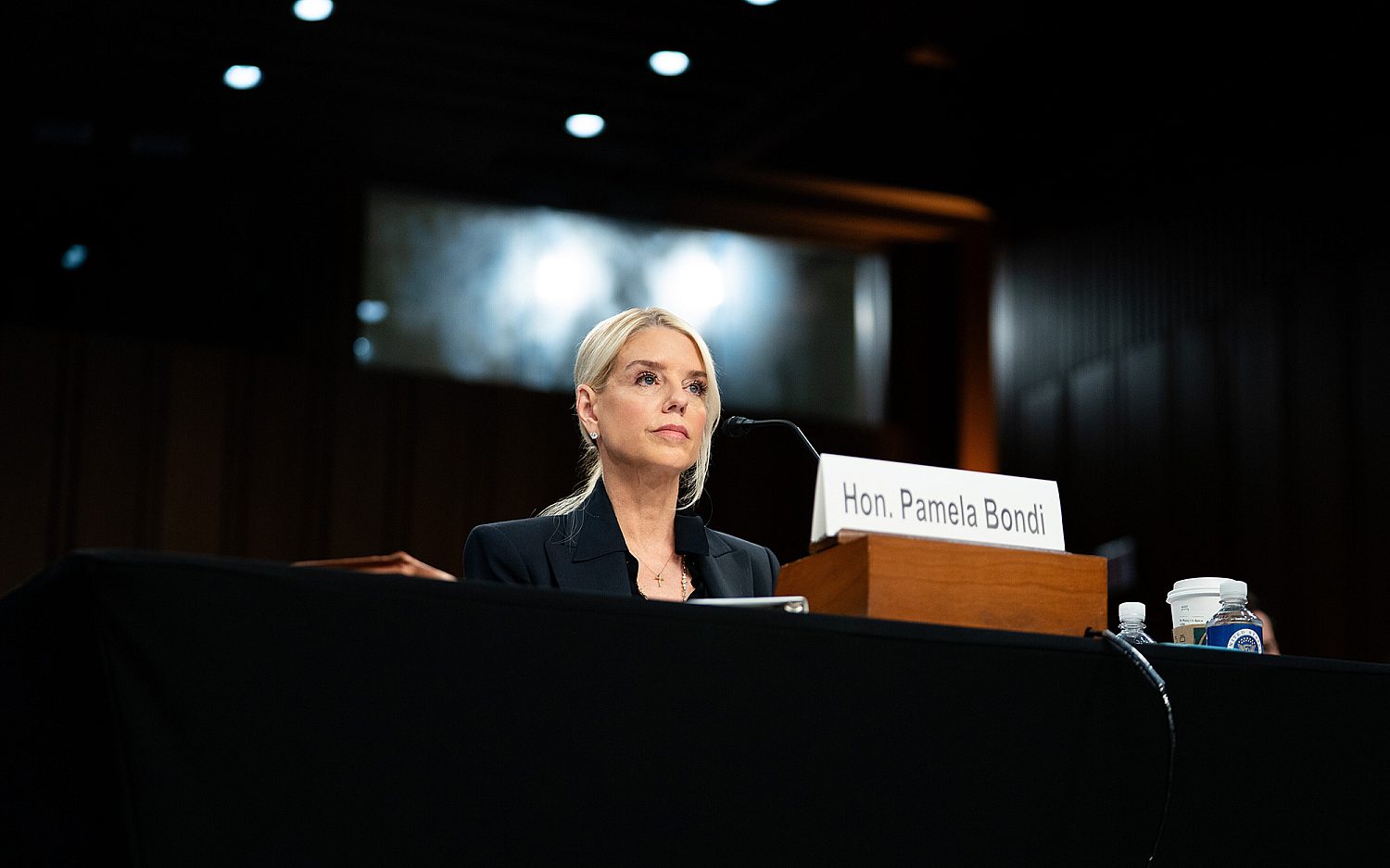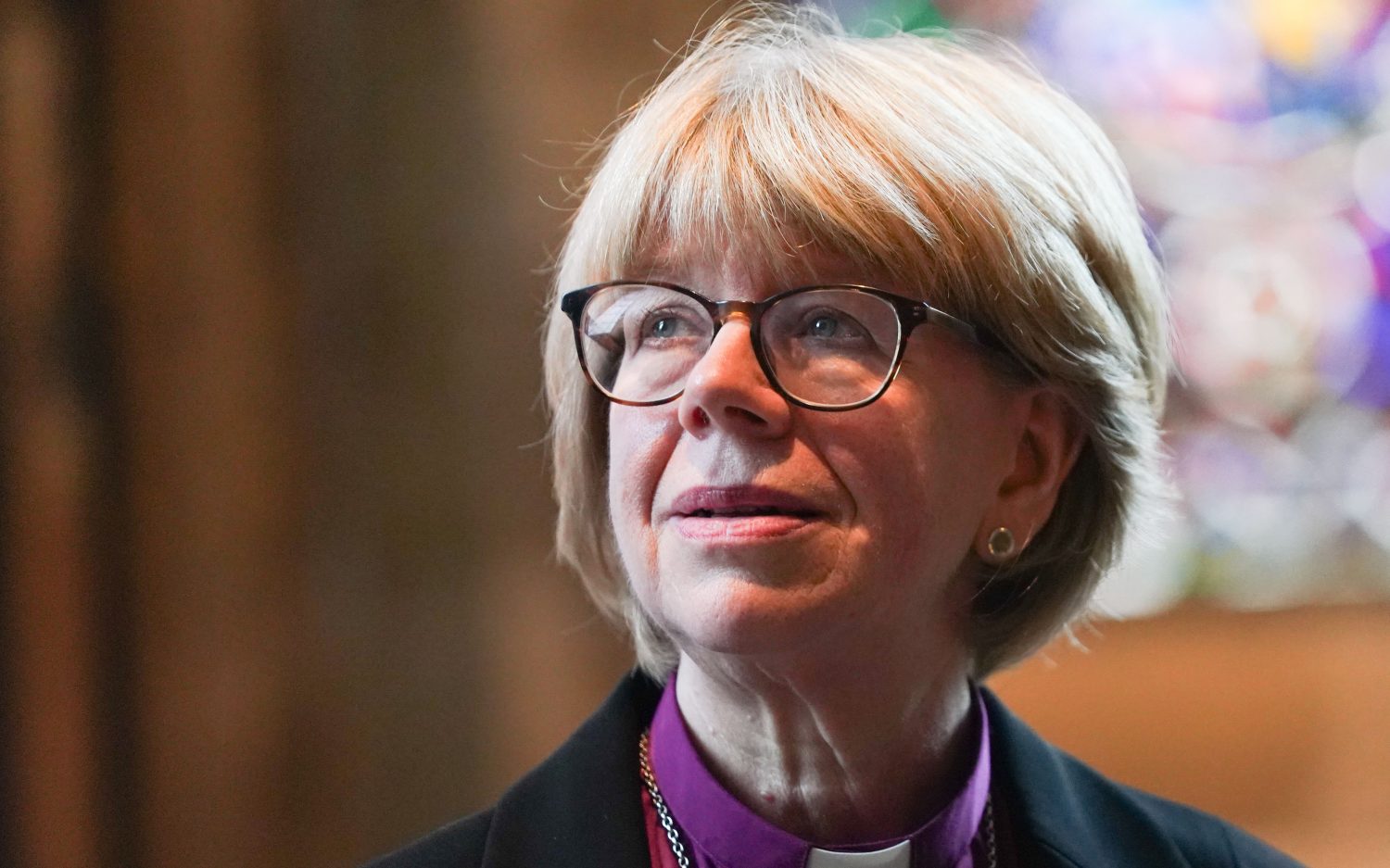Buy cocaine, support a terrorist
Last week the U.S. Treasury Department declared the Peruvian insurgent group Sendero Luminoso (Shining Path) an international narcotrafficking threat and froze U.S. assets of its three leaders. The Office of Foreign Assets Control (OFAC) also added the group to a list of entities restricted from trade with U.S. businesses.
The new sanctions may not extend further than existing ones, which came in 1997 when the U.S. State Department named Sendero Luminoso a terrorist organization. OFAC said the new actions complement Peru’s “comprehensive and aggressive” counter-narcotics strategy, but organized crime research foundation InSight Crime suggests it is merely a political and symbolic move.
The sanctions are one of many ways countries are fighting the transnational drug trafficking underworld. But American drug users may not know they could be helping to fund terrorist groups.
In Latin America, many countries specialize in narcotics production or smuggling operations. Militant groups are often involved in the illegal drug trade, sometimes in collaboration with other groups: Peruvian officials recently claimed Sendero Luminoso is allied with Colombian drug traffickers. Peru’s guerrillas have a Maoist ideology and use terror to defend their stake in the drug industry. They protect traffickers, tax production, control transportation, and use profits to fund their activities.
Latin America produces most of the world’s coca plants, which are used to make cocaine. Coca crops are the main income source for many rural farmers. Natives have long used the leaves to boost energy and suppress hunger.
Colombia, Peru, and Bolivia currently dominate the global coca production scene. Colombian drug cartels control most cocaine trafficking, directing it to Brazil, Argentina, and Mexico for export to Europe, Asia, and America. According to the CIA, Colombia supplies nearly all cocaine for major markets, including the United States.
Bolivia expelled the U.S. Drug Enforcement Administration in 2009 and USAID in 2013. The U.S. Bureau of International Narcotics and Law Enforcement Affairs left in 2013. That gave Bolivia free reign with narco-production.
America’sdrugs come from Latin American jungles and mountains and a long string of middlemen, but the process starts with consumer demand. The United States plays a major role in this as the country with the biggest appetite for illegal drugs, including cocaine. Latin American drug markets contribute too: Brazil is now the world’s second-largest consumer of illegal drugs and Paraguay is South America’s second greatest marijuana producer.
The debate about how to fight drugs continues. Many Latin American criminal justice systems are too weak to eradicate drug trafficking cells. One advocacy group, the Drug Policy Alliance, claims U.S. anti-narcotics efforts devastate Latin American economies by causing environmental damage, driving business to underground drug trafficking, and increasing violence in drug production and trafficking areas. The violence is highest in Central America, from which hundreds of thousands of children fled to the United States last year.
A 2013 report by the Norwegian Peacebuilding Resource Centre found two independent commissions—the Latin American Commission on Drug and Democracy and the Global Commission on Drug Policy—suggest alternative anti-narcotic strategies for Latin American governments. They want to see a shift from repressive approaches to more preventive interventions that focus on reducing harm and ensuring citizen security.
An actual newsletter worth subscribing to instead of just a collection of links. —Adam
Sign up to receive The Sift email newsletter each weekday morning for the latest headlines from WORLD’s breaking news team.




Please wait while we load the latest comments...
Comments
Please register, subscribe, or log in to comment on this article.